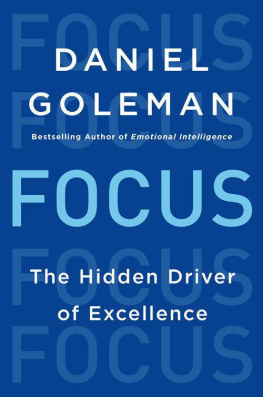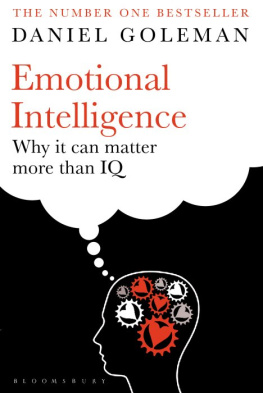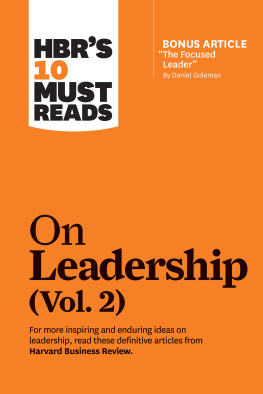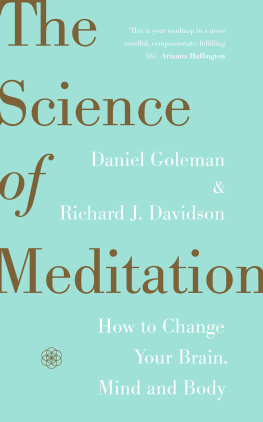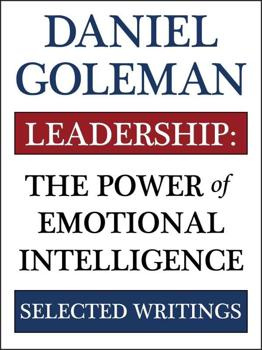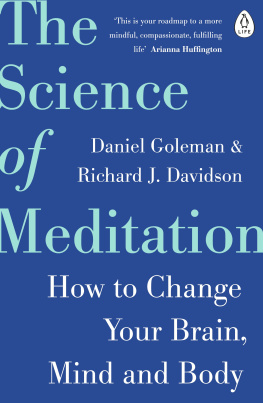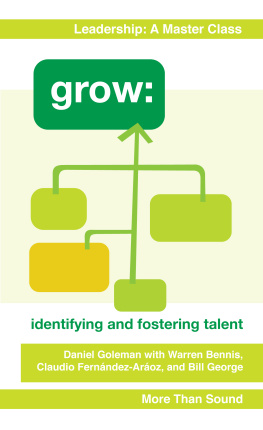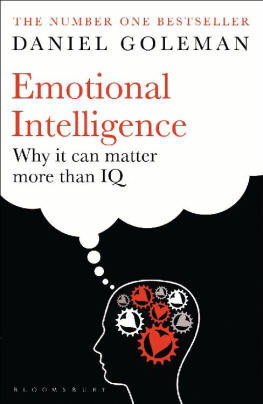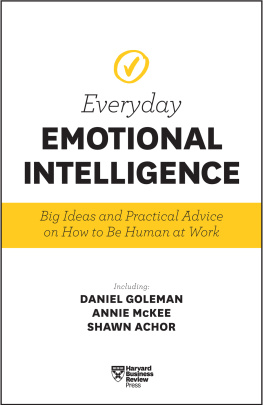
For the well-being of generations to come
CONTENTS
T o watch John Berger, house detective, track the shoppers wandering the first floor of a department store on Manhattans Upper East Side is to witness attention in action. In a nondescript black suit, white shirt, and red tie, walkie-talkie in hand, John moves perpetually, his focus always riveted on one or another shopper. Call him the eyes of the store.
Its a daunting challenge. There are more than fifty shoppers on his floor at any one time, drifting from one jewelry counter to the next, perusing the Valentino scarves, sorting through the Prada pouches. As they browse the goods, John browses them.
John waltzes among the shoppers, a study in Brownian motion. For a few seconds he stands behind a purse counter, his eyes glued to a prospect, then flits to a vantage point by the door, only to glide to a corner where a perch allows him a circumspect look at a potentially suspicious trio.
While customers see only the merchandise, oblivious to Johns watchful eye, he scrutinizes them all.
Theres a saying in India, When a pickpocket meets a saint, all he sees are the pockets. In any crowd what John would see are the pickpockets. His gaze roams like a spotlight. I can imagine his face seeming to screw up into a giant ocular orb reminiscent of the one-eyed Cyclops. John is focus embodied.
What does he scan for? Its a way their eyes move, or a motion in their body that tips him off to the intention to pilfer, John tells me. Or those shoppers bunched together, or the one furtively glancing around. Ive been doing this so long I just know the signs.
As John zeroes in on one shopper among the fifty, he manages to ignore the other forty-nine, and everything elsea feat of concentration amid a sea of distraction.
Such panoramic awareness, alternating with his constant vigilance for a telling but rare signal, demands several varieties of attentionsustained attention, alerting, orienting, and managing all thateach based in a distinctly unique web of brain circuitry, and each an essential mental tool.
Johns sustained scan for a rare event represents one of the first facets of attention to be studied scientifically. Analysis of what helped us stay vigilant started during World War II, spurred on by the militarys need to have radar operators who could stay at peak alert for hoursand by the finding that they missed more signals toward the end of their watch, as attention lagged.
At the height of the Cold War, I remember visiting a researcher who had been commissioned by the Pentagon to study vigilance levels during sleep deprivation lasting three to five daysabout how long it estimated the military officers deep in some bunker would need to stay awake during World War III. Fortunately his experiment never had to be tested against hard reality, although his encouraging finding was that even after three or more sleepless nights people could pay keen attention if their motivation was high enough (but if they didnt care, they would nod off immediately).
In very recent years the science of attention has blossomed far beyond vigilance. That science tells us these skills determine how well we perform any task. If they are stunted, we do poorly; if muscular, we can excel. Our very nimbleness in life depends on this subtle faculty. While the link between attention and excellence remains hidden most of the time, it ripples through almost everything we seek to accomplish.
This supple tool embeds within countless mental operations. A short list of some basics includes comprehension, memory, learning, sensing how we feel and why, reading emotions in other people, and interacting smoothly. Surfacing this invisible factor in effectiveness lets us better see the benefits of improving this mental faculty, and better understand just how to do that.
Through an optical illusion of the mind we typically register the end products of attentionour ideas good and bad, a telling wink or inviting smile, the whiff of morning coffeewithout noticing the beam of awareness itself.
Though it matters enormously for how we navigate life, attention in all its varieties represents a little-noticed and underrated mental asset. My goal here is to spotlight this elusive and underappreciated mental faculty in the minds operations and its role in living a fulfilling life.
Our journey begins with exploring some basics of attention; Johns vigilant alertness marks just one of these. Cognitive science studies a wide array, including concentration, selective attention, and open awareness, as well as how the mind deploys attention inwardly to oversee mental operations.
Vital abilities build on such basic mechanics of our mental life. For one, theres self-awareness, which fosters self-management. Then theres empathy, the basis for skill in relationship. These are fundamentals of emotional intelligence. As well see, weakness here can sabotage a life or career, while strengths increase fulfillment and success.
Beyond these domains, systems science takes us to wider bands of focus as we regard the world around us, tuning us to the complex systems that define and constrain our world. Such an outer focus confronts a hidden challenge in attuning to these vital systems: our brain was not designed for that task, and so we flounder. Yet systems awareness helps us grasp the workings of an organization, an economy, or the global processes that support life on this planet.
All that can be boiled down to a threesome: inner, other, and outer focus. A well-lived life demands we be nimble in each. The good news on attention comes from neuroscience labs and school classrooms, where the findings point to ways we can strengthen this vital muscle of the mind. Attention works much like a muscleuse it poorly and it can wither; work it well and it grows. Well see how smart practice can further develop and refine the muscle of our attention, even rehab focus-starved brains.
For leaders to get results they need all three kinds of focus. Inner focus attunes us to our intuitions, guiding values, and better decisions. Other focus smooths our connections to the people in our lives. And outer focus lets us navigate in the larger world. A leader tuned out of his internal world will be rudderless; one blind to the world of others will be clueless; those indifferent to the larger systems within which they operate will be blindsided.
And its not just leaders who benefit from a balance in this triple focus. All of us live in daunting environments, rife with the tensions and competing goals and lures of modern life. Each of the three varieties of attention can help us find a balance where we can be both happy and productive.
Attention, from the Latin attendere , to reach toward, connects us with the world, shaping and defining our experience. Attention, cognitive neuroscientists Michael Posner and Mary Rothbart write, provides the mechanisms that underlie our awareness of the world and the voluntary regulation of our thoughts and feelings.
Anne Treisman, a dean of this research area, notes that how we deploy our attention determines what we see. Or as Yoda says, Your focus is your reality.
THE ENDANGERED HUMAN MOMENT
The little girls head came only up to her mothers waist as she hugged her mom and held on fiercely as they rode a ferry to a vacation island. The mother, though, didnt respond to her, or even seem to notice: she was absorbed in her iPad all the while.
There was a reprise a few minutes later, as I was getting into a shared taxi van with nine sorority sisters who that night were journeying to a weekend getaway. Within a minute of taking their seats in the dark van, dim lights flicked on as every one of the sisters checked an iPhone or tablet. Desultory conversations sputtered along while they texted or scrolled through Facebook. But mostly there was silence.
Next page
